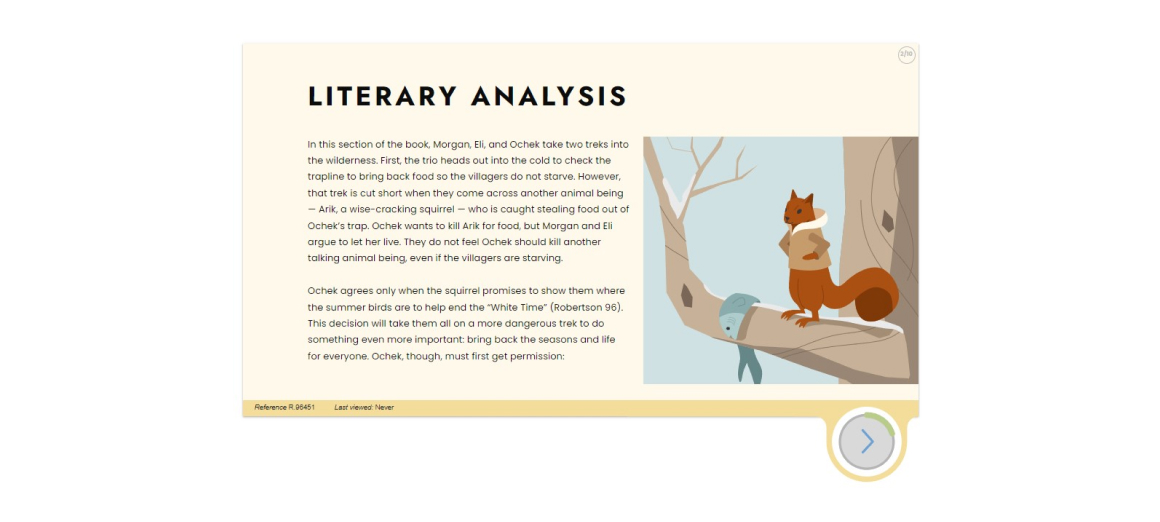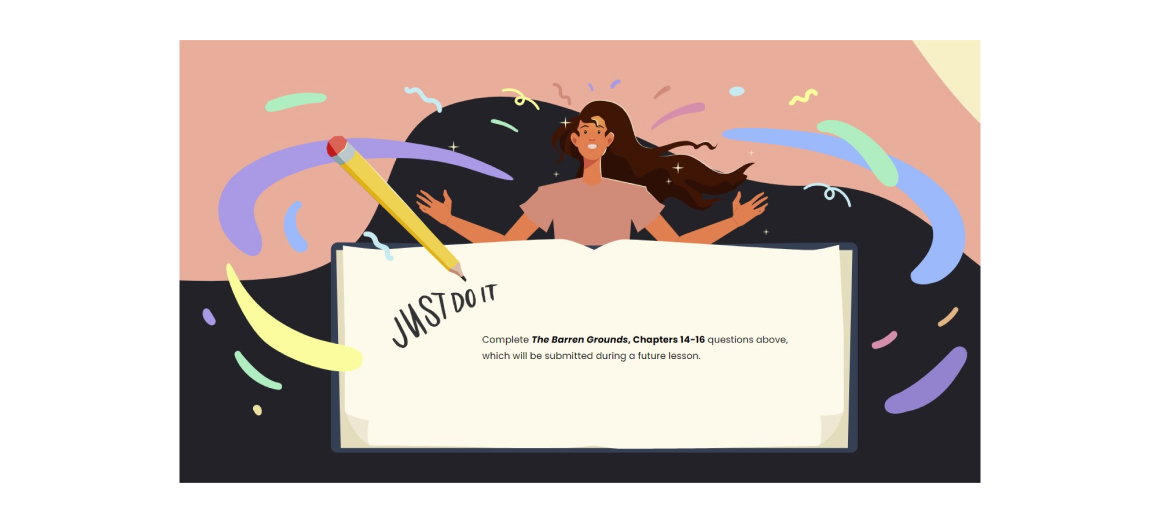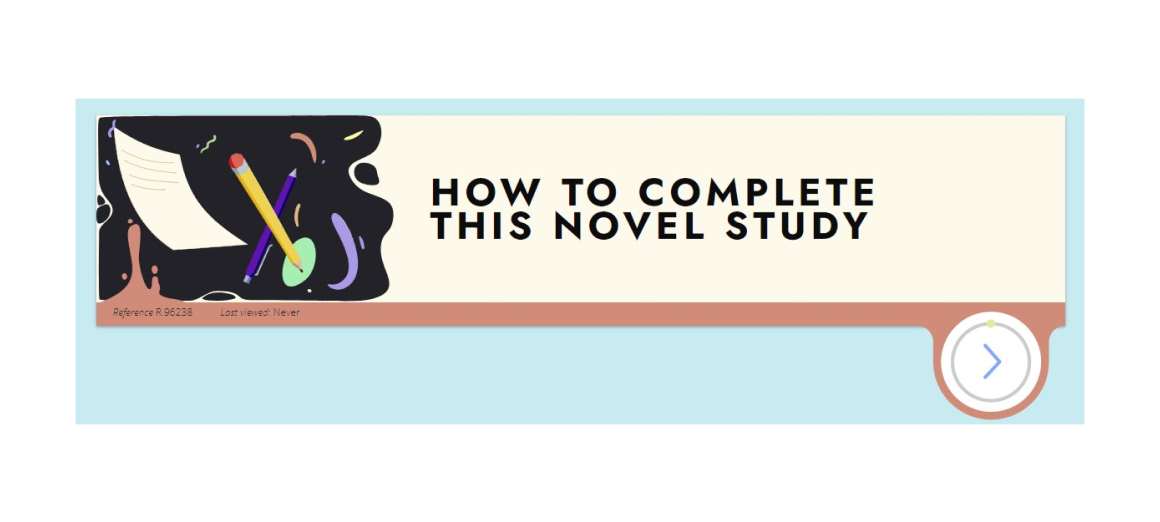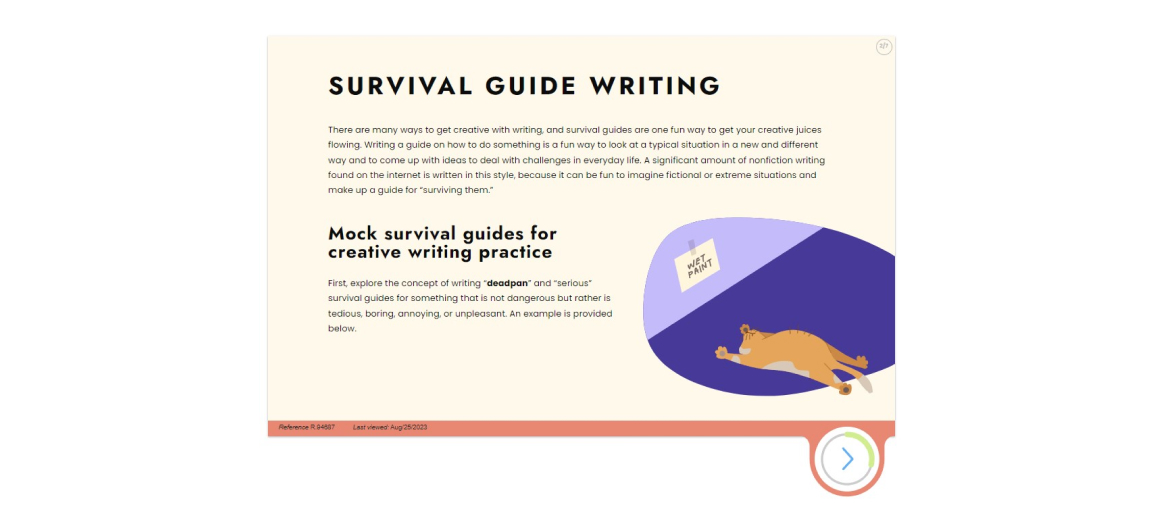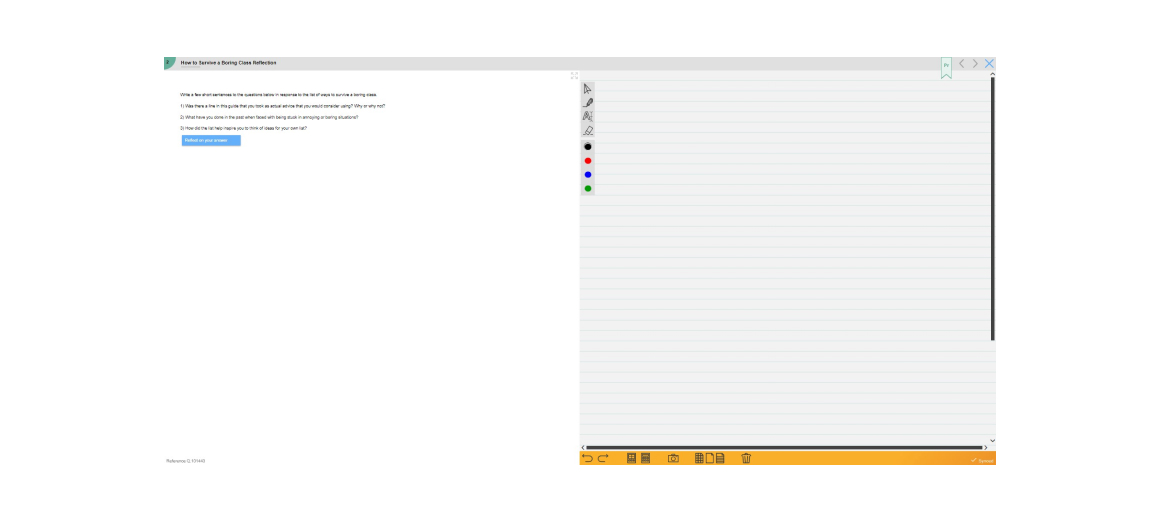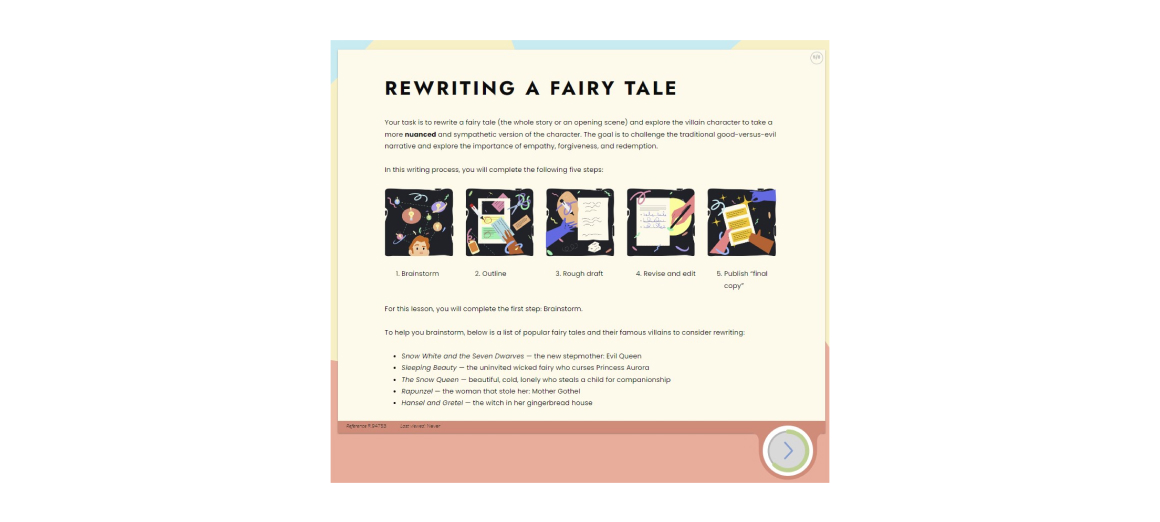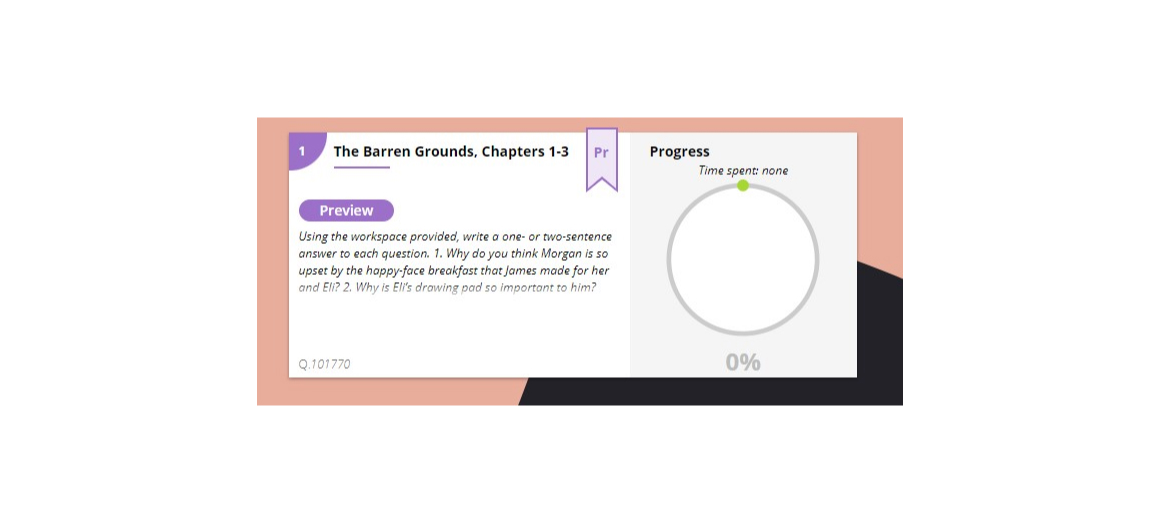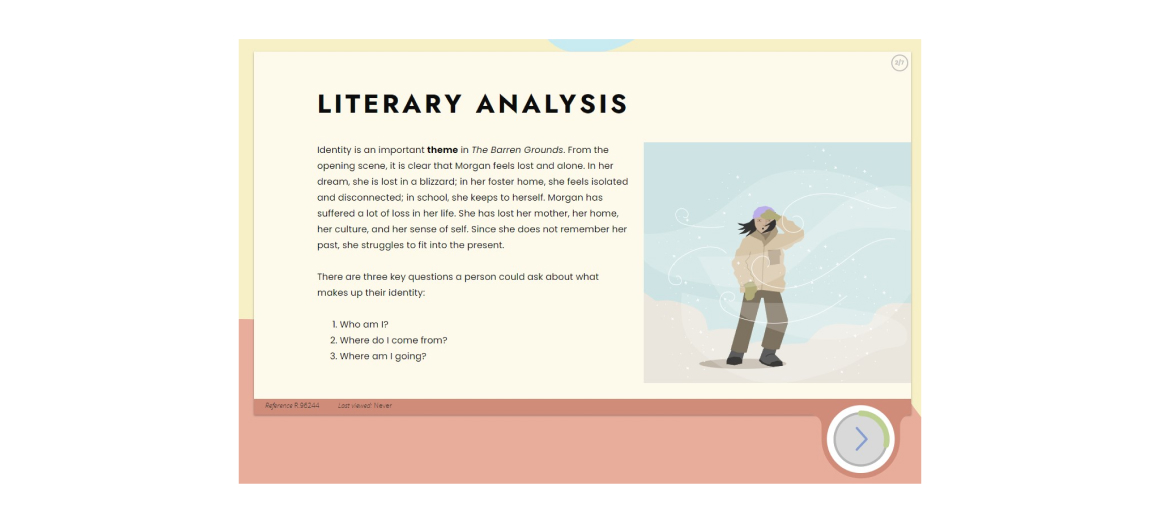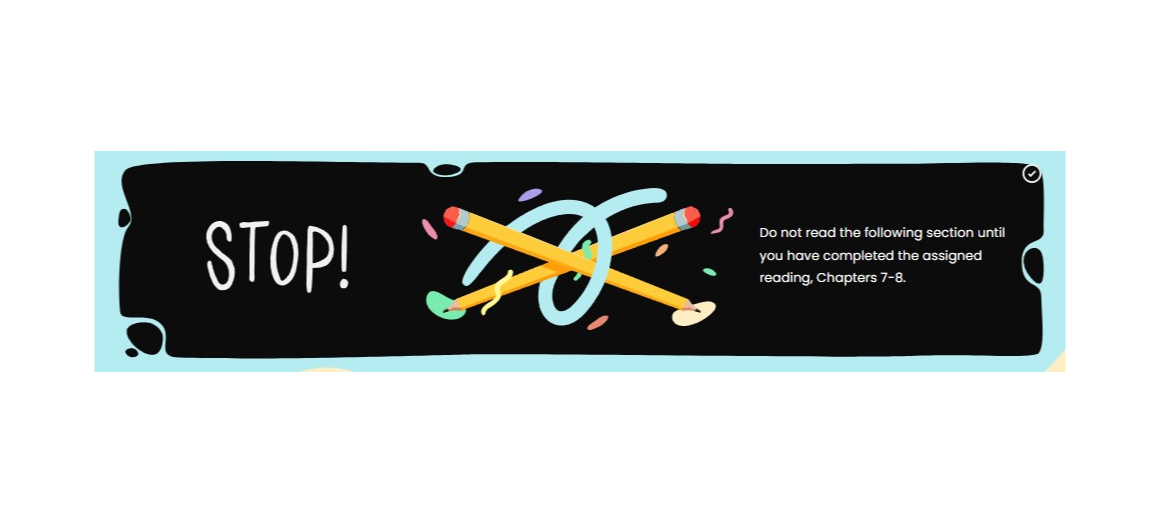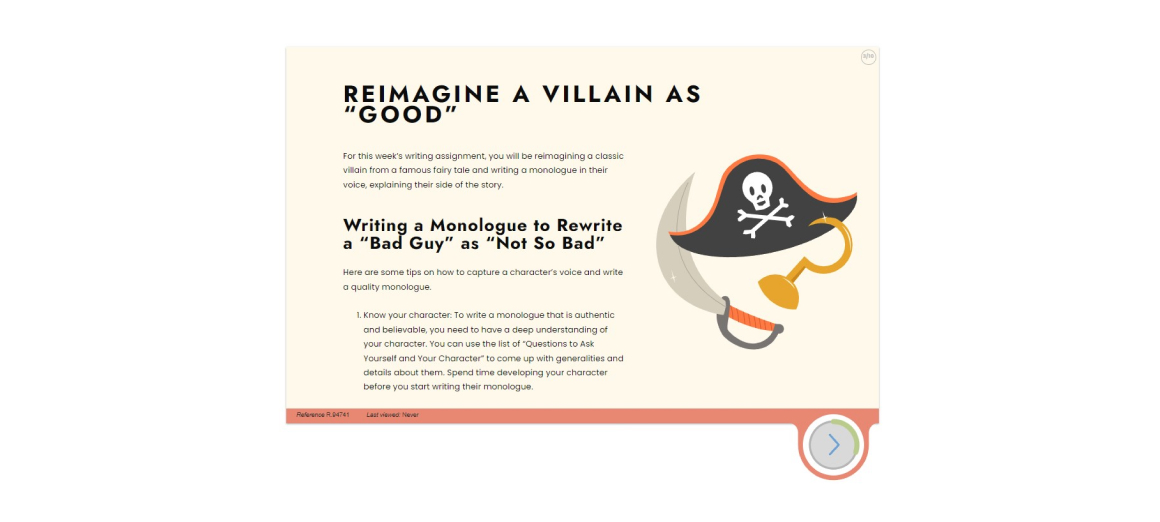English Language Arts 7
One of the most important questions a person can explore is, “Who am I?” Students in Grade 7 are just beginning to explore this fundamental question, and this course seeks to guide them toward a greater sense of self-understanding. In English Language Arts 7, different aspects of personal identity are explored, as well as challenges that people have faced in history when their identity has been questioned or subdued. The identity of Indigenous children in foster care receives special attention.
Another through-line for this course is the idea of voice, as students are given an opportunity to discover and develop their own unique voice, both in their writing and in their communicating. As they understand their identity, it is hoped that students will find unique ways to express that identity through a variety of media, and that in doing so, they will grow further in their understanding of ways they can contribute to the world in unique ways.
The StudyForge Difference
English 7 has dozens of engaging animated videos that teach complex topics in a simple way. Guiding questions and reflection questions allow students to go deep into important literary and thematic topics. Students will also have opportunities to grow in their paragraph and multi-paragraph writing, with step-by-step videos designed to guide students through this vital skill. Grammar Games are included in the novel study and literature circle units to develop key vocabulary and grammatical skills. Beautiful original illustrations enhance the course text, enhancing student enjoyment and comprehension.
Table of Contents
Week 2: Exploring Creative Writing in New Ways
Week 3: Creative Writing Through Survival Guides
Week 4: Creative Writing Through Monologues
Week 5: Creative Writing Through Fairy Tales
Week 7: The Barren Grounds, Part 2
Week 8: The Barren Grounds, Part 3
Week 9: The Barren Grounds, Part 4
Week 10, Identity Collage Project
Week 12: Social Media and Sentences
Week 13: Digital Citizenship and Editing
Week 14: Multi-Paragraph Composition, Part 1
Week 15: Multi-Paragraph Composition, Part 2
Week 17: Literature Circles, Part 2
Week 18: Literature Circles, Part 3
Week 19: Literature Circles, Part 4
Week 20: Literature Circles, Part 5
- Lesson 21.1 – Playing with Poetry
- Lesson 21.2 – Appreciating Poetry
- Lesson 21.3 – Writing Playful Poetry
- Lesson 22.1 – Intro to the Short Story Genre
- Lesson 22.2 – Short Story Study
- Lesson 22.3 – Short Story Response
- Lesson 23.1 – Graphic Novels, Part 1
- Lesson 23.2 – Graphic Novels, Part 2
- Lesson 23.3 – Personal Yearbook Response Assignment
- Lesson 24.1 – Introduction to Memoir
- Lesson 24.2 – Memoir as a Reflection
- Lesson 24.3 – Memoir Assignment
- Lesson 25.1 – Writing Your Memoir: Outline
- Lesson 25.2 – Writing Your Memoir: Rough Draft
- Lesson 25.3 – Writing Your Memoir: Revise, Edit, and Publish
- Lesson 26.1 – Project Introduction
- Lesson 26.2 – Brainstorming Your Identity
- Lesson 26.3 – Building Connections
- Lesson 27.1 – Writing an Introduction
- Lesson 27.2 – Writing Your “I Am” Statements
- Lesson 28.1 – Writing Concluding Remarks
- Lesson 28.2 – Revising and Editing Your Speech
- Lesson 28.3 – Practising and Recording Your Speech
- Lesson 29.1 – Creating Your Visual Presentation
- Lesson 29.2 – Sharing Your Presentation
- Lesson 30.1 – Final Reflection
Experience a lesson as your students would
Course Features
- Student get step-by-step guidance on complex writing tasks like writing paragraphs and multi-paragraph compositions
- Formative feedback built directly into the course structure
- Highly engaging and humorous instructional videos
- Accessible for students with diverse learning needs
- Games and quizzes to review vocabulary and other objective content
- Indigenous perspectives and stories are woven into the fabric of the course
- Beautiful visual design enhances the course text and pedagogy

